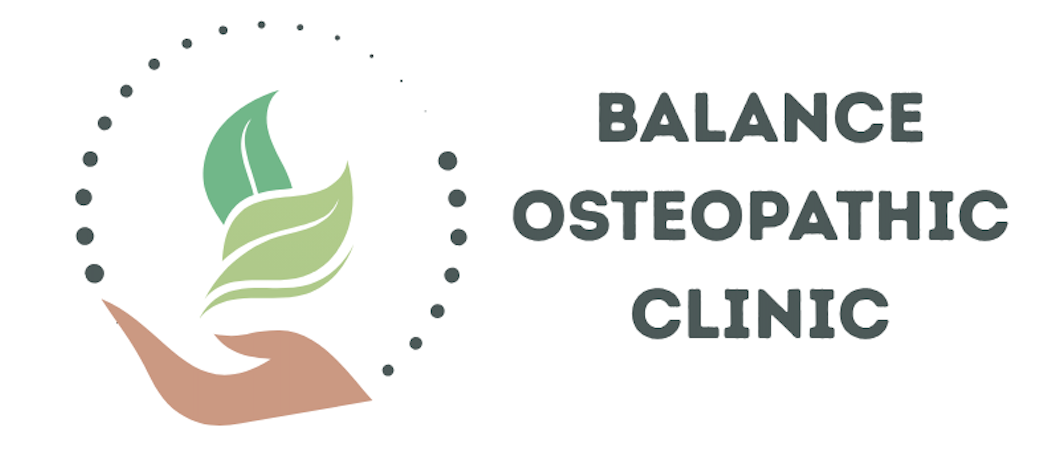Move to Heal
If you live with chronic pain, the idea of exercising might sound counterintuitive—or even scary. After all, when your body hurts, the last thing you want to do is move more. Many people dealing with long-term pain avoid activity out of fear it will make things worse. But what if movement, approached gently and gradually, could actually help you feel better?
The truth is, movement can be a powerful tool for calming the nervous system, improving function, and restoring confidence. And you don’t need intense workouts or long gym sessions to see the benefits. You just need the right approach.
Why Exercise Can Help with Chronic Pain
Exercise does far more than build strength or endurance—it works on a deep neurological and chemical level, supporting your body’s ability to regulate pain.
It releases endorphins and serotonin, natural mood-boosting chemicals that also help decrease the sensation of pain.
It improves circulation, bringing healing nutrients to tissues and helping reduce inflammation.
It supports the nervous system, which can become overly sensitive when pain is ongoing. Movement sends new messages to the brain: “This is safe.”
Over time, consistent gentle movement can help retrain your system out of chronic “guarding” patterns and reduce the fear associated with activity.
Types of Exercise That Are Most Helpful
Not all movement is equal when it comes to chronic pain. The most effective forms are low-impact, intentional, and tailored to your body’s needs and limitations.
1. Low-Impact Aerobic Exercise
Activities like walking, swimming, or cycling increase endurance and improve blood flow without putting extra strain on joints. Even 5–10 minutes a day can be enough to start shifting the body’s pain response.
2. Gentle Strength Training
Light resistance exercises can improve stability—especially around the core, hips, and shoulders—which helps relieve tension and reduces injury risk. Start small and use your own body weight or resistance bands.
3. Stretching and Mobility Work
Gentle stretches and movement practices help reduce stiffness and improve range of motion. These can be especially helpful if certain areas feel locked or tight from underuse or compensation patterns.
4. Mind-Body Movement
Practices like yoga, Tai Chi, or Qigong integrate slow, intentional movement with breath and focus—helping to regulate both body and mind. These are particularly helpful for pain that’s worsened by stress or anxiety.
5. Somatic and Functional Movement
Approaches like Clinical Pilates, Feldenkrais, or movement re-education help rebuild more efficient movement patterns. These therapies focus on how you move, not just how much you move.
Start Small. Go Gently. Stay Consistent.
One of the hardest parts of moving with chronic pain is overcoming the fear that movement will make things worse. That fear is valid—especially if you’ve had flare-ups in the past. But when movement is done mindfully, gradually, and with respect for your limits, it can become one of the most effective tools for healing.
Even a few minutes of intentional movement each day can begin to shift how your body and brain relate to pain. Over time, movement becomes less threatening—and more freeing.
At Balance Osteopathic Clinic, we support people with chronic pain using a combination of hands-on therapies like OMT and craniosacral therapy, along with guidance on movement practices that support your healing process. If you’re ready to explore a different relationship with your body, we’re here to walk with you—step by step.
